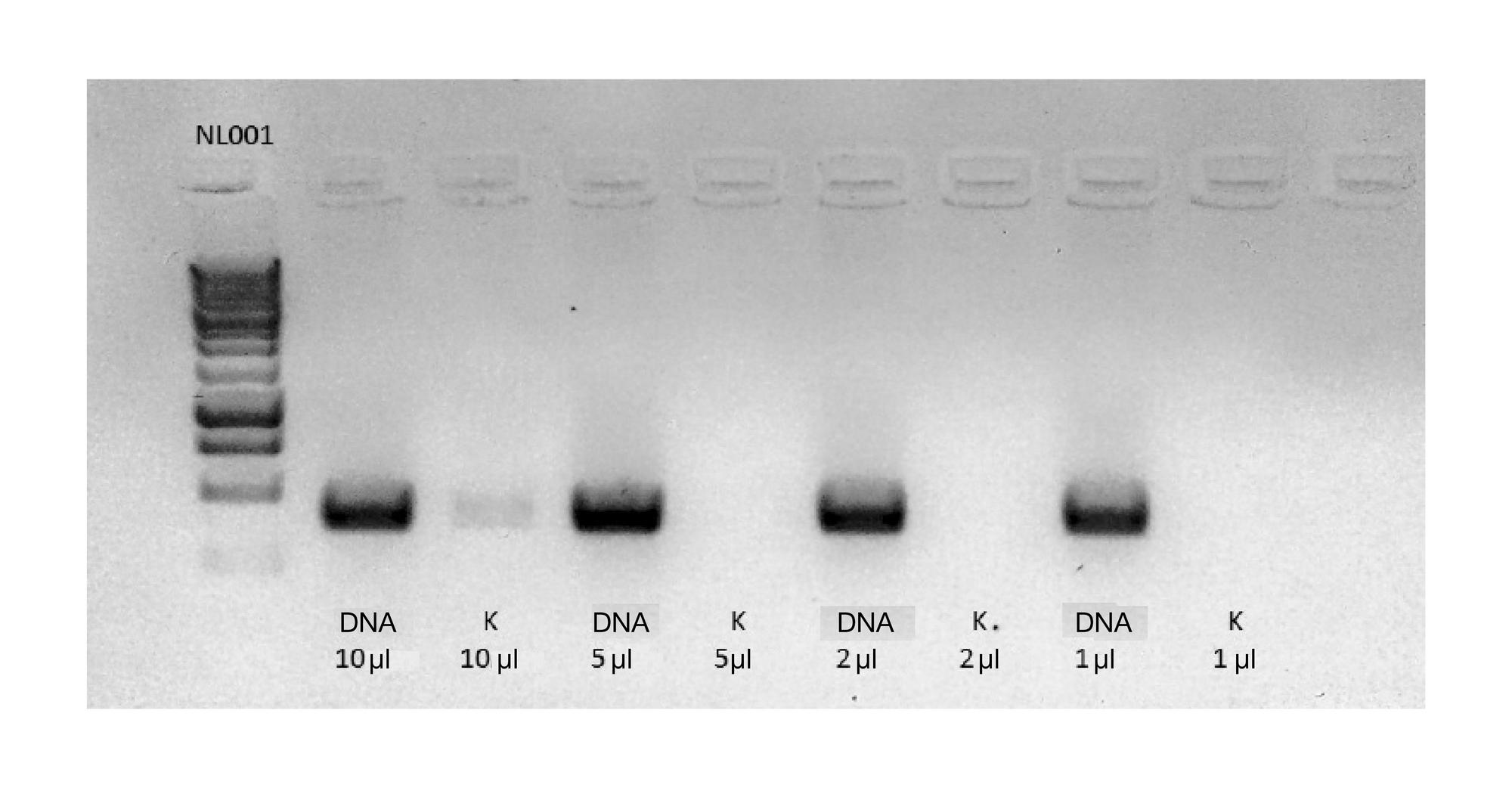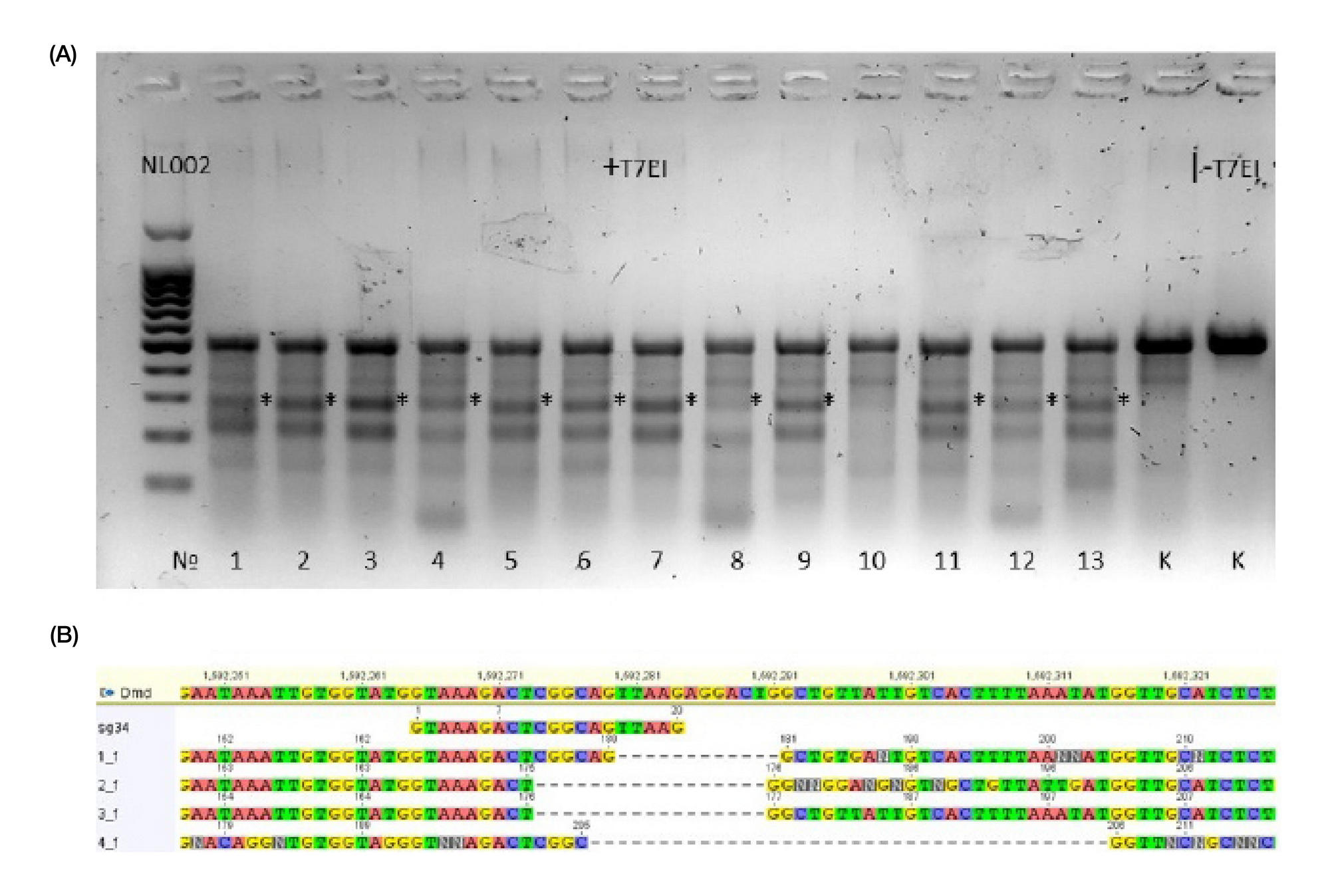
This article is an open access article distributed under the terms and conditions of the Creative Commons Attribution license (CC BY).
METHOD
Modification of the method for analysis of genome editing results using CRISPR/Cas9 system on preimplantation mouse embryos
1 Marlin Biotech, Moscow, Russia
2 Institute of Gene Biology, Russian Academy of Sciences, Moscow, Russia
3 Department of Neurology, Neurosurgery and Medical Genetics, Medical Faculty,
Pirogov Russian National Research Medical University, Moscow, Russia
Correspondence should be addressed: Tatiana Dimitrieva
ul. Vavilova, d. 34/5, Moscow, Russia, 119334; moc.liamg@at.aveirtimid
Acknowledgements: authors thank the Shared Resource Center of the Institute of Gene Biology of Russian Academy of Sciences for the equipment provided for this research.




